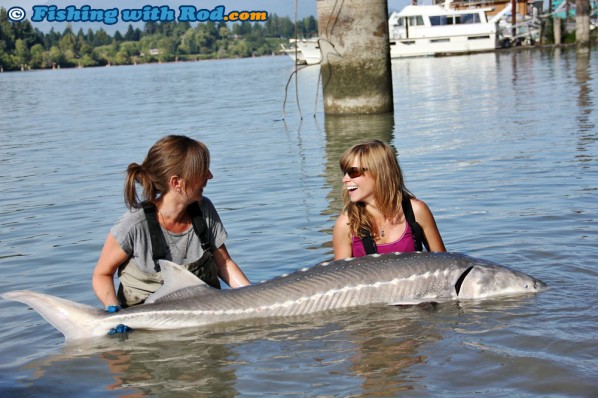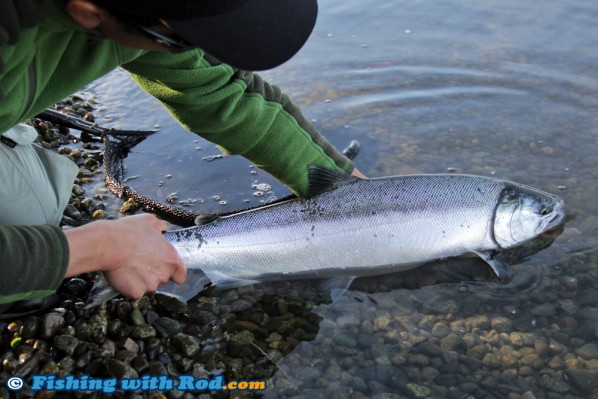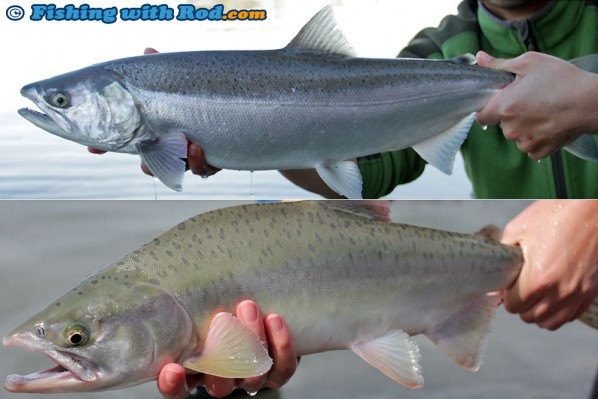Fish Selectively During Sockeye Salmon Fishing Closures
Published on Tuesday, September 4th, 2018
The non-tidal portion of the Fraser River is closed to sockeye salmon fishing after today. This year’s opening was almost a month long, so I hope everyone has had a chance to bring home some of the finest eating salmon. The good news is that the river will remain open for two salmon species – Chinook and chum salmon. Traditionally, the Lower Fraser River is closed to all salmon fishing throughout September, so several vulnerable runs, including Interior coho salmon and steelhead, can be protected. To still have some salmon recreational fishing opportunities available on the Fraser River this month is a bonus.
The key point that anglers should remember is to selectively target chinook and chum salmon only. In the past ten years, my colleagues and I in the Sport Fishing Advisory Committee have repeatedly asked Fisheries and Oceans Canada to define selective angling methods so they can be enforced during specific species closures. By doing so, it would result in more fishing opportunities for you if by-catches can be avoided. Instead, Fisheries and Oceans Canada has chosen not to do so, and continued to issue a “request” for selective fishing in fishery notices. This puts the recreational fishing community in a difficult place. While most anglers abide to that request, some would still choose to bottom bounce for chinook salmon and incidentally hook sockeye salmon in the process. When Fisheries and Oceans Canada observes and determines that by-catches of sockeye salmon and other closed species become too frequent, the entire fishery is shut down due to the lack of compliance of a “request” which cannot be enforced in the first place. It is a frustrating scenario and it needs to be changed, so your fishing opportunities would not be lost while conservation goals could be met.
The directors of the Fraser River Sportfishing Alliance and other business owners of the Fraser Valley recreational fishing community have been working hard on this issue. Starting tomorrow as sockeye salmon fishing closes, we are asking all anglers to stop bottom bouncing and practice selective fishing methods only. We are not asking you to do so because you should comply to a loosely defined request by Fisheries and Oceans Canada. We are asking you so the recreational fishing community can take the lead on proper fishery management, to avoid by-catches of species which we are trying to protect while enjoying the opportunities available. We want to see anglers out bar fishing for chinook salmon, and practice safe catch and release when a closed species is caught. You can also cast and retrieve lures in waters which are appropriate for the method. The take home message is that we should all avoid catching sockeye salmon, coho salmon and steelhead in the next several weeks. Thank you for the support.



